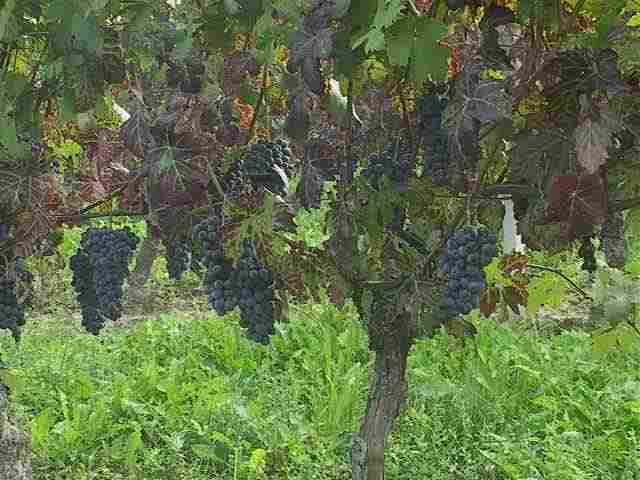Contribute
| Special Feature - Wine And Food |
Krina Patel
06/12/2007
The other day I stopped to glance at the menu of a small Indian restaurant in my neighborhood. It was the usual menu featuring all those dishes that bring to mind the colors of the Indian flag, saffron (practically all the meat and many of the vegetable dishes), green (the palaak and peas dishes) and white (the ubiquitous kheer for dessert)! But what stood out was the wine list. There was Sula, the much touted Indian wine, jostling for space with white and red wines from Wines are presented in a complicated and confusing manner to the consumer. Here is a sample white wine list from a local Indian restaurant: 2005 Marco Felluga, 2003 Federspiel, Terrassen domaine-wachau, 2002 Heissenberg, Domaine 2004 Eilenz Ayl Kupp, “QbA†Each of these grape varieties or varietals, Pinot Grigio, Gruner Veltlner, Gewurtztraminer and Reisling have their distinct characteristics. These are some of the well-known white varietals. The others are Sauvignon Blanc, Chardonnay, Viognier, Wine from Pinot Grigio also known as Pinot Gris grapes can be made in a couple of different styles. The Pinot Grigio from Italy mostly the north east part of Italy has a distinct style, light with a crisp acidity in other words a flavor leaning towards tart-khatta (the wine critics would lambast me for simplifying this to “tart†but this is the closest I can come to helping you understand more or less the sort of taste to expect. It is certainly not sweet-meetha) and relatively easy to drink. Depending on your palate or personal preference, the season, the time of day among other considerations, it might go well with the Kabuli Channa. In fact Kabuli Channa is heavy, in fact almost “fatty†so a wine such as an aged Chardonnay from As we go down the sample list we see other grape varieties such as Gruner Veltlener and Gewurtztraminer. The former is mostly grown in A word about the significance of the year of the vintage. The vintage year is the year the grapes were harvested. This is important because of the close relationship between climate, soil and grapes. The quality of wine depends to an extent on the weather in the particular year the grapes were harvested as well as the soil of the region. But these are not the only factors. Another is the process of production. This includes the number of years the wine was aged after the grapes were harvested. And how it was aged? Small wonder then that the world of wine is so confusing! That glass of wine is quite full! As you can see a lot of thought goes into producing it. The first step into the wine world is to recognize the primary ingredient, the grapes. I have introduced you to the main white varieties. Now a quick word about the main red grape varieties. These are Cabernet Sauvignon, Merlot, Krina Patel is an educator based in
So, there you are about to order your favorite Kabuli Chana or Saag panner but which of these whites is going to compliment the jeera flavored oniony Kabuli Chaana or the mildly cheesy saag panner? Hmm!
You may also access this article through our web-site http://www.lokvani.com/
